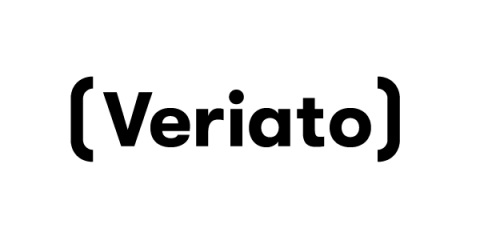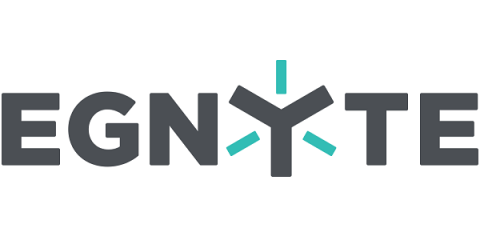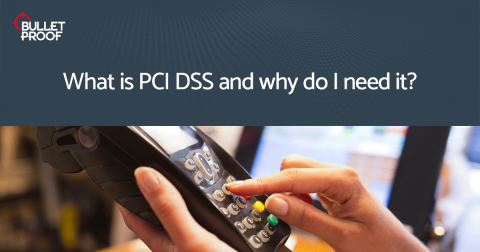Perpetrated by Employees and Managers Already Inside Companies
KPMG’s Fraud Barometer Says Most Crime is Perpetrated by Employees and Managers Already Inside Companies. The introspective look at the UK’s £1.2 billion in 2018 fraud cases by KPMG demonstrates the need to be mindful of insiders. Each year, professional services company KMPG puts out their annual Fraud Barometer report, providing readers with the state of corporate fraud.








